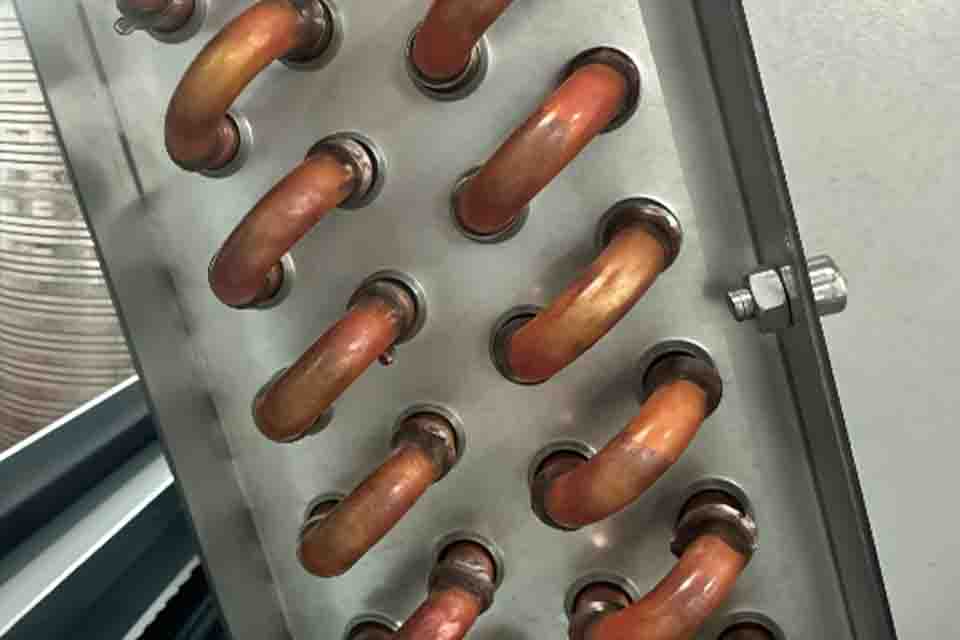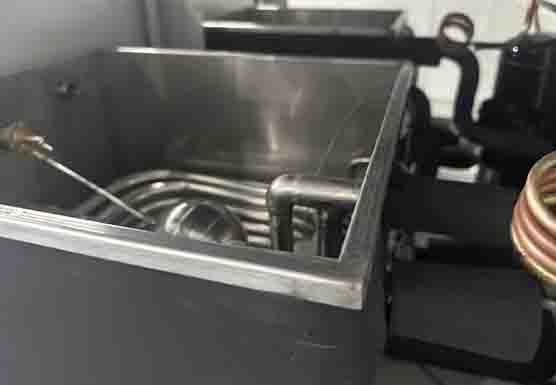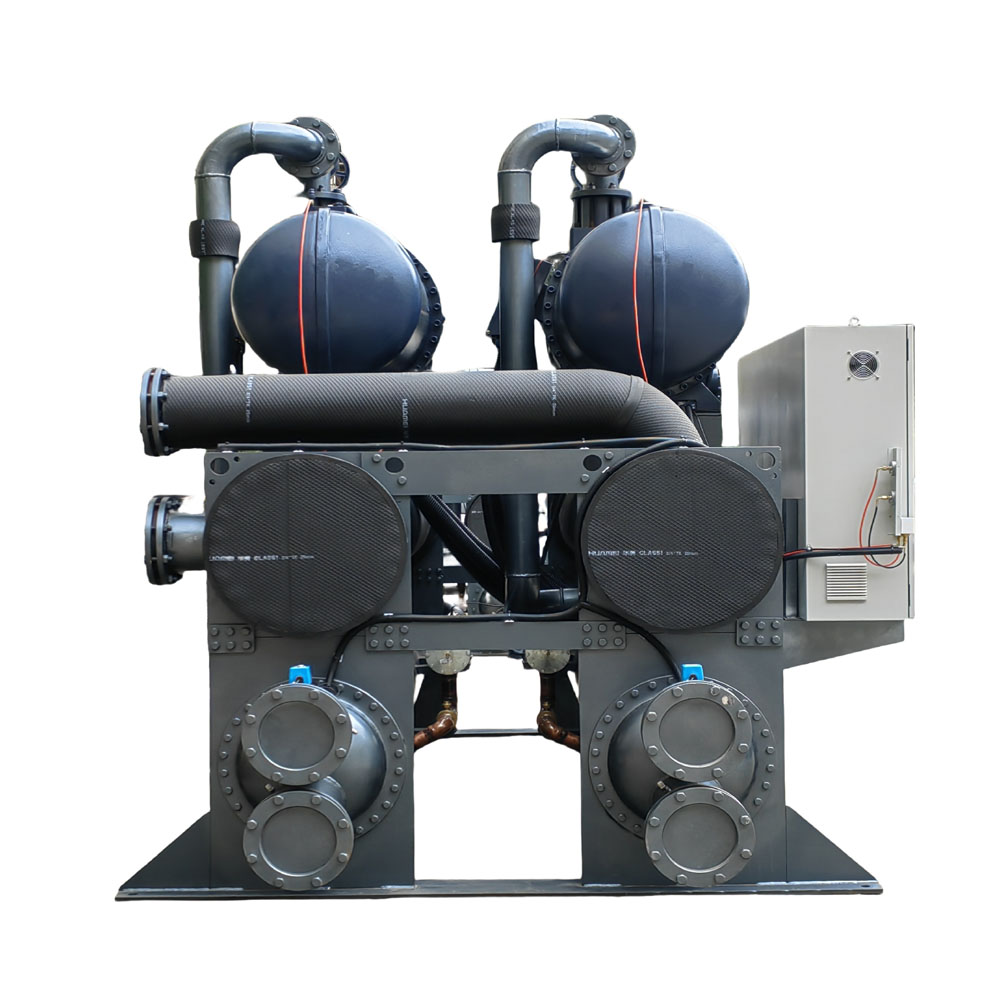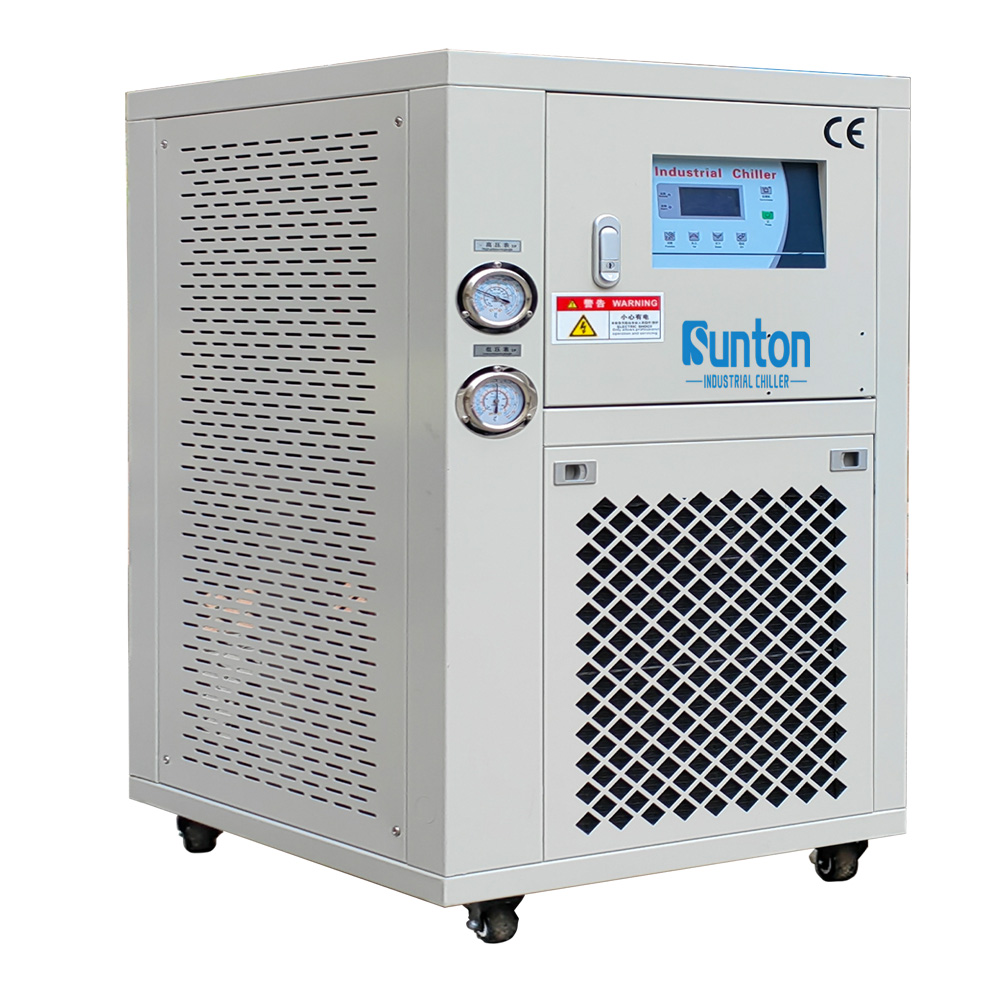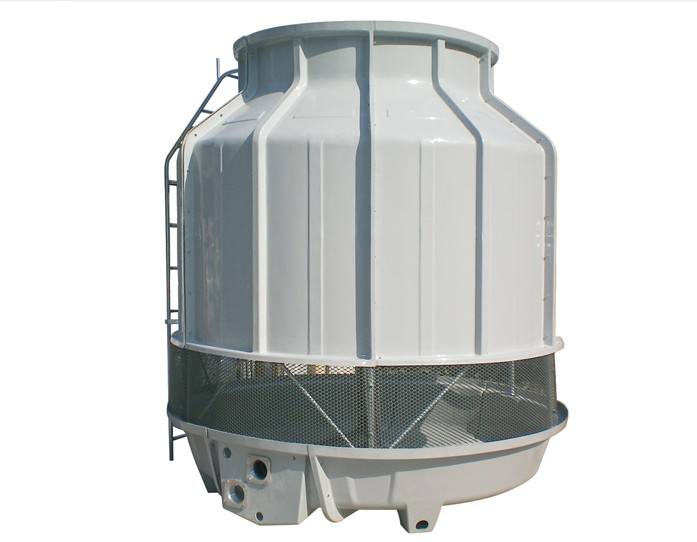-
Dalingshan Industrial Guangdong
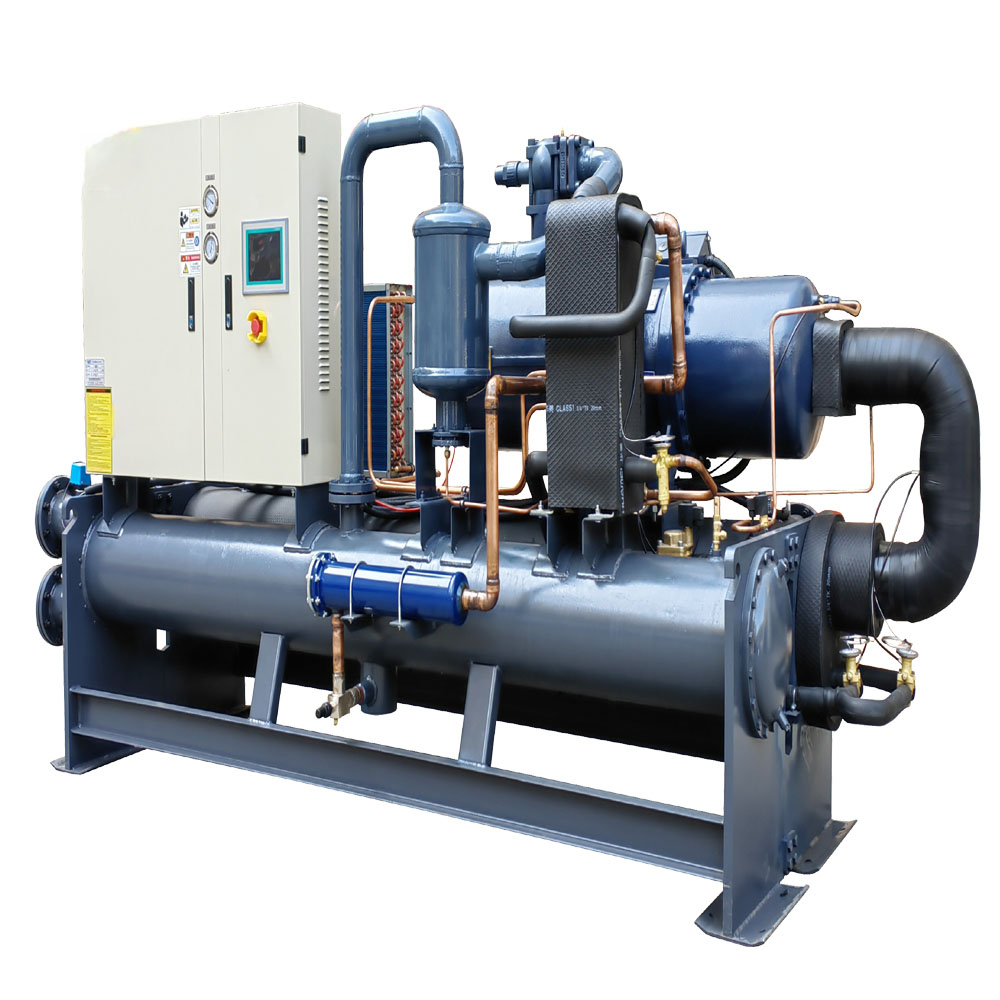
what is the role of each chiller component in the cooling process
Demystifying the Process Chiller: How the Main Components Cool Your Industrial World
This article dives deep into the inner workings of koelmachines, the unsung heroes of countless industrial processes. From maintaining optimal temperatures in plastic injection molding to ensuring the precise koeling needed in pharmaceutical manufacturing, koelmachines play a vital role. If you’re in the Plastics and Rubber Industry, Machining Industry, Food and Beverage Industry, Chemical and Pharmaceutical Industry, Electronics Industry, Laser Industry, Printing Industry, Medical Industry, Laboratories and Research Institutions, or Data Centers, understanding how a chiller system works is crucial. This comprehensive guide will break down the chiller work, reveal the main components of koelsystemen, and explain why this knowledge is worth your time. Keep reading to learn how we, as an Industrial Water Chiller Manufacturing plant, ensure your operations remain cool and efficient.
Inhoudsopgave
Understanding the Basics: What is a Chiller and Why is it Essential?
As an Industrial Water Chiller Manufacturing plant, we understand that a chiller is a machine that removes heat from a liquid via a vapor-compression or absorption koelcyclus. This cooled liquid can then be circulated through a heat exchanger to cool equipment, or another process stream (such as air or process water). In industries like plastics, food processing, and pharmaceuticals, maintaining precise temperatures is not just about comfort; it’s about product quality, safety, and operational efficiency. Without reliable koeling, these processes can suffer from equipment malfunctions, product defects, and even safety hazards. There are two main types of chillers: air-cooled chillers en watergekoelde koelmachines.
Chillers are the backbone of temperature control in many industrial settings. They ensure that machinery operates within safe temperature ranges, preventing overheating and extending the lifespan of your equipment. For example, in plastic injection molding, a chiller maintains the mold at the correct temperature, ensuring that the plastic solidifies correctly, resulting in high-quality products. In data centers, koelmachines prevent servers from overheating, ensuring continuous operation and data integrity. The right chiller can significantly impact your bottom line by improving efficiency, reducing downtime, and enhancing product quality. For example, the Air Cooled Screw Central Chillers offer an energy-efficient solution for large-scale cooling needs.
What are the Main Types of Chillers are Available and How Do I Choose?
When it comes to koelmachines, there are primarily two main types: luchtgekoeld en watergekoeld. Each type has its advantages and is suited to different applications. Air-cooled chillers use ambient air to cool the refrigerant, while watergekoelde koelmachines use water from a cooling tower or another water source. The choice between an luchtgekoeld and a water-cooled chiller depends on factors like the size of the cooling load, the available space, and the cost of water and electricity.
Air-cooled chillers are generally easier to install and maintain, as they don’t require a separate cooling tower. They are ideal for smaller applications or where water is scarce or expensive. Water-cooled chillers, on the other hand, are more energy-efficient and are better suited for larger applications with high koeling loads. They can provide precise temperature control and are often used in industries like plastics, chemicals, and pharmaceuticals. For instance, a water-cooled screw chiller is an excellent choice for high-capacity koeling in industrial settings. One example of an application where a water-cooled chiller is ideal is in the Dairy Milk Chillers, where precise temperature control is essential for maintaining product quality and safety.
How Does a Chiller Actually Work? The Refrigeration Cycle Explained
At its core, a chiller operates on the principles of the koelcyclus. This cycle involves four main components: the compressor, the condenser, the expansion valve, and the evaporator. The koelcyclus starts with the compressor, which compresses the refrigerant gas, increasing its temperature and pressure. The high-pressure, high-temperature gas then flows to the condenser, where it is cooled and condensed into a liquid. The liquid refrigerant then passes through the expansion valve, which reduces its pressure and temperature, causing it to partially vaporize. Finally, the low-pressure liquid-vapor mixture enters the evaporator, where it absorbs heat from the process fluid, causing the remaining liquid refrigerant to vaporize. This vapor is then drawn back into the compressor, and the cycle begins again.
The koelcyclus is a continuous process that efficiently transfers heat from one location to another. By manipulating the refrigerant‘s state and pressure, a chiller can effectively cool a process fluid to the desired temperature. Understanding this cycle is essential for optimizing chiller operation and troubleshooting any issues that may arise. For example, if a chiller is not koeling effectively, it could be due to a problem with the refrigerant charge, a malfunctioning compressor, or a clogged expansion valve.
What is the Role of the Compressor in Chiller Operation?
The compressor is often considered the heart of a chiller system. Its primary function is to compress the refrigerant vapor, increasing its pressure and temperature. This compression is essential because it raises the refrigerant‘s boiling point, allowing it to condense at a higher temperature in the condenser. There are several types of chiller compressors, including scroll, screw, and centrifugal. Each type has its advantages and is suited to different applications.
Scroll compressors are known for their reliability and efficiency, making them a popular choice in smaller koelmachines. Screw compressors are more efficient at higher capacities and are often used in larger industrial chillers. Centrifugal compressors are the most efficient at very high capacities and are typically used in HVAC systems for large buildings or industrial complexes. The choice of compressor depends on the specific koeling requirements of the application. For example, a screw compressor is often the best choice for a large industrial process that requires precise temperature control, like the ones found in Industrial Chillers For Textile Industry.
What is the Verdamper‘s Function in the Chilling Process?
The evaporator is where the actual koeling takes place in a chiller system. Its primary role is to absorb heat from the process fluid, causing the refrigerant to evaporate. The evaporator is typically a heat exchanger with a large surface area to facilitate efficient heat transfer. As the process fluid flows through the evaporator, it transfers its heat to the low-pressure liquid-vapor refrigerant mixture. This heat causes the remaining liquid refrigerant to vaporize, koeling the process fluid in the process.
There are two main types of evaporators: shell-and-tube and plate. Shell-and-tube evaporators are commonly used in watergekoelde koelmachines and consist of a bundle of tubes inside a shell. The process fluid flows through the tubes, while the refrigerant flows around the tubes inside the shell. Plate evaporators are more compact and efficient and are often used in air-cooled chillers. They consist of a series of plates with channels for the process fluid and the refrigerant. The choice of evaporator depends on the specific application and the type of chiller. If you require a reliable cooling solution for your industrial needs, consider a Water Cooled Screw Water Chiller.
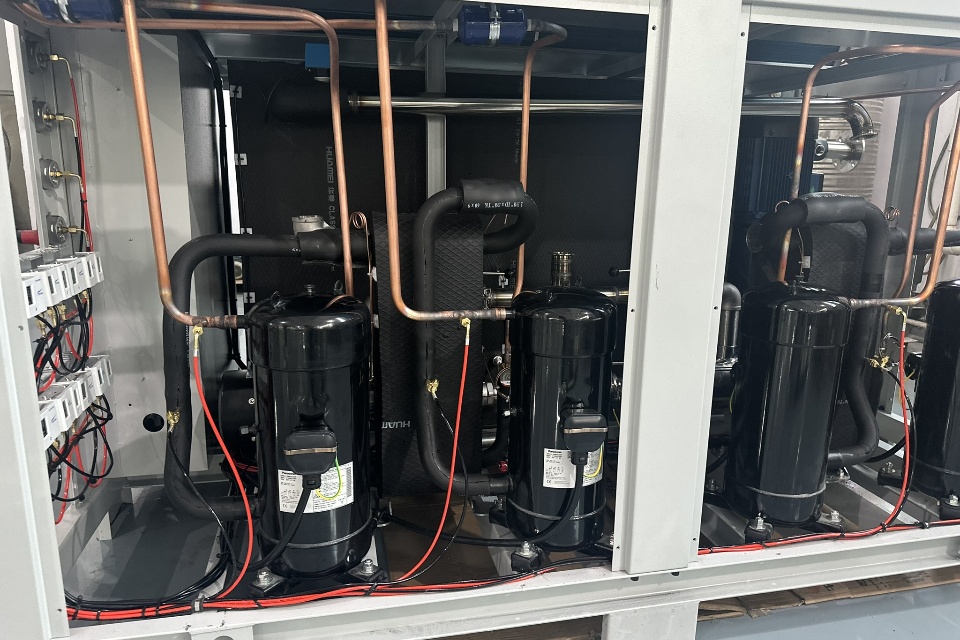
What is the Role of the Condensator in Chiller Systems?
The condenser plays a crucial role in the koelcyclus by rejecting the heat absorbed by the refrigerant in the evaporator. After leaving the compressor, the high-pressure, high-temperature refrigerant vapor enters the condenser. In an air-cooled chiller, the condenser uses fans to blow ambient air across a coil containing the refrigerant. As the air passes over the coil, it absorbs heat from the refrigerant, causing it to condense into a liquid. In a water-cooled chiller, the condenser is typically a shell-and-tube heat exchanger. The refrigerant flows through the tubes, while cool water from a cooling tower or another water source flows around the tubes, absorbing the heat and causing the refrigerant to condense.
The efficiency of the condenser directly affects the overall efficiency of the chiller. A well-maintained condenser ensures that the refrigerant is adequately cooled and condensed, allowing the chiller to operate at peak performance. Regular cleaning and maintenance of the condenser are essential to prevent fouling and ensure optimal heat transfer.
How Does the Expansieventiel Control the Cooling Process?
The expansion valve is a critical component that regulates the flow of refrigerant into the evaporator. Its primary function is to reduce the pressure of the liquid refrigerant, causing it to partially vaporize and significantly lowering its temperature. This low-pressure, low-temperature liquid-vapor mixture is then ready to absorb heat in the evaporator. There are two main types of expansion devices: thermal expansion valves (TXVs) and electronic expansion valves (EEVs).
TXVs are mechanically operated and use a temperature-sensing bulb to adjust the refrigerant flow based on the evaporator‘s superheat. EEVs are electronically controlled and offer more precise control over the refrigerant flow, resulting in improved efficiency and performance. The choice of expansion valve depends on the specific application and the desired level of control. For example, an EEV is often preferred in applications that require precise temperature control, like a Hydroponic Water Chiller.
What are the Secondary Components in a Chiller System?
In addition to the four main components, a chiller system also includes several secondary components that play important roles in its operation. These include:
- Oil Separator: Removes oil from the refrigerant stream and returns it to the compressor.
- Filter Drier: Removes moisture and contaminants from the refrigerant.
- Sight Glass: Allows visual inspection of the refrigerant‘s condition.
- Receiver: Stores excess liquid refrigerant.
- Accumulator: Prevents liquid refrigerant from entering the compressor.
- Controls: Monitor and regulate the operation of the chiller.
These secondary components are essential for ensuring the reliability and efficiency of the chiller system. Regular maintenance and inspection of these components are crucial for preventing problems and extending the lifespan of the chiller.
How to Choose the Right Chiller: Air-Cooled vs. Water-Cooled
Choosing between an luchtgekoeld and a water-cooled chiller depends on several factors, including the size of the cooling load, the available space, the cost of water and electricity, and the environmental conditions. Air-cooled chillers are generally simpler to install and maintain, as they don’t require a separate cooling tower. They are a good choice for smaller applications or where water is scarce or expensive. However, they are less energy-efficient than watergekoelde koelmachines, especially in hot climates.
Water-cooled chillers are more energy-efficient and can handle larger koeling loads. They are often used in industrial applications where precise temperature control is critical. However, they require a cooling tower or another source of cool water, which adds to the installation and maintenance costs. When choosing between an luchtgekoeld and a water-cooled chiller, it’s essential to consider the specific requirements of your application and consult with a chiller expert. For example, if you’re in a region with high ambient temperatures, a water-cooled chiller may be the more efficient choice despite the higher initial cost, an example of a water-cooled chiller suitable for high-temperature environments can be found in Anti-Explosion Chillers.
How Can I Maximize the Energie-efficiëntie of My Chiller?
Energy efficiency is a critical consideration when operating a chiller system. Here are some tips to maximize the energy efficiency of your chiller:
- Proper Sizing: Ensure that the chiller is properly sized for the cooling load. An oversized chiller will cycle on and off frequently, reducing its efficiency.
- Regular Maintenance: Perform regular maintenance on all components of the chiller system, including cleaning the condenser en evaporator coils, checking the refrigerant charge, and lubricating moving parts.
- Optimize Water Temperature: If using a water-cooled chiller, optimize the cooling tower water temperature to improve efficiency.
- Variable Speed Drives: Consider using variable speed drives on the compressor, pumps, and fans to adjust the chiller‘s capacity to match the cooling load.
- Free Cooling: Take advantage of free koeling when the ambient temperature is low enough to cool the process fluid without running the compressor.
By implementing these strategies, you can significantly reduce your chiller‘s energy consumption and operating costs while maintaining optimal performance.
FAQs
Wat is het verschil tussen een luchtgekoelde en een watergekoelde koelmachine?
Air-cooled chillers use ambient air to cool the refrigerant, while watergekoelde koelmachines use water from a cooling tower or another water source. Air-cooled chillers are simpler to install and maintain, while watergekoelde koelmachines are more energy-efficient and can handle larger koeling loads.
How often should I perform maintenance on my chiller?
Regular maintenance is essential for ensuring the reliability and efficiency of your chiller. You should perform preventive maintenance at least once a year, including cleaning the condenser en evaporator coils, checking the refrigerant charge, and lubricating moving parts.
What is the typical lifespan of an industrial chiller?
The lifespan of an industrial chiller depends on several factors, including the quality of the equipment, the operating conditions, and the level of maintenance. With proper maintenance, a high-quality industrial chiller can last for 15-20 years or more.
Can I use a chiller for both process cooling and air conditioning?
Yes, some koelmachines are designed to handle both proceskoeling and air conditioning loads. These dual-purpose koelmachines are often used in industrial facilities where both types of koeling are required.
What type of refrigerant is used in industrial chillers?
Industrial koelmachines use a variety of refrigerants, including hydrofluorocarbons (HFCs) like R-134a and R-410A, and hydrofluoroolefins (HFOs) like R-1234ze and R-1234yf. The choice of refrigerant depends on the specific application and environmental regulations.
What should I do if my chiller is not cooling properly?
If your chiller is not koeling properly, there could be several possible causes, including a low refrigerant charge, a malfunctioning compressor, a clogged expansion valve, or a fouled condenser or evaporator. You should consult with a qualified chiller technician to diagnose and repair the problem.
Conclusion
Here are the most important things to remember about koelmachines and their operation:
- Chillers are essential for maintaining optimal temperatures in various industrial processes, including plastics, food processing, pharmaceuticals, and data centers.
- The four main components of a chiller system are the compressor, condenser, expansion valve, and evaporator.
- The koelcyclus involves compressing the refrigerant gas, condensing it into a liquid, expanding it to lower its pressure and temperature, and evaporating it to absorb heat from the process fluid.
- Air-cooled chillers use ambient air to cool the refrigerant, while watergekoelde koelmachines use water from a cooling tower or another water source.
- Regular maintenance, proper sizing, and optimizing operating conditions are crucial for maximizing the energy efficiency of a chiller system.
- As an Industrial Water Chiller Manufacturing plant, we offer a wide range of koelmachines designed to meet the specific needs of various industries, ensuring reliable and efficient koeling for your operations.
By understanding the intricacies of chiller operation and the roles of its various components, you can make informed decisions about your industrial koeling needs. As an Industrial Water Chiller Manufacturing plant, we are committed to providing high-quality, energy-efficient chillers tailored to your specific requirements. Whether you need an luchtgekoeld or water-cooled chiller, a scroll, screw, or centrifugal compressor, or a specialized solution for your industry, we have the expertise and experience to deliver the perfect koeling solution. Contact us today to learn more about how our koelmachines can benefit your operations.
